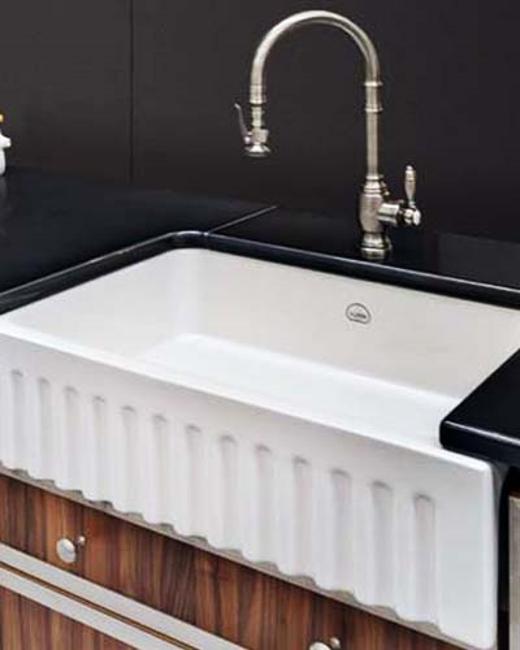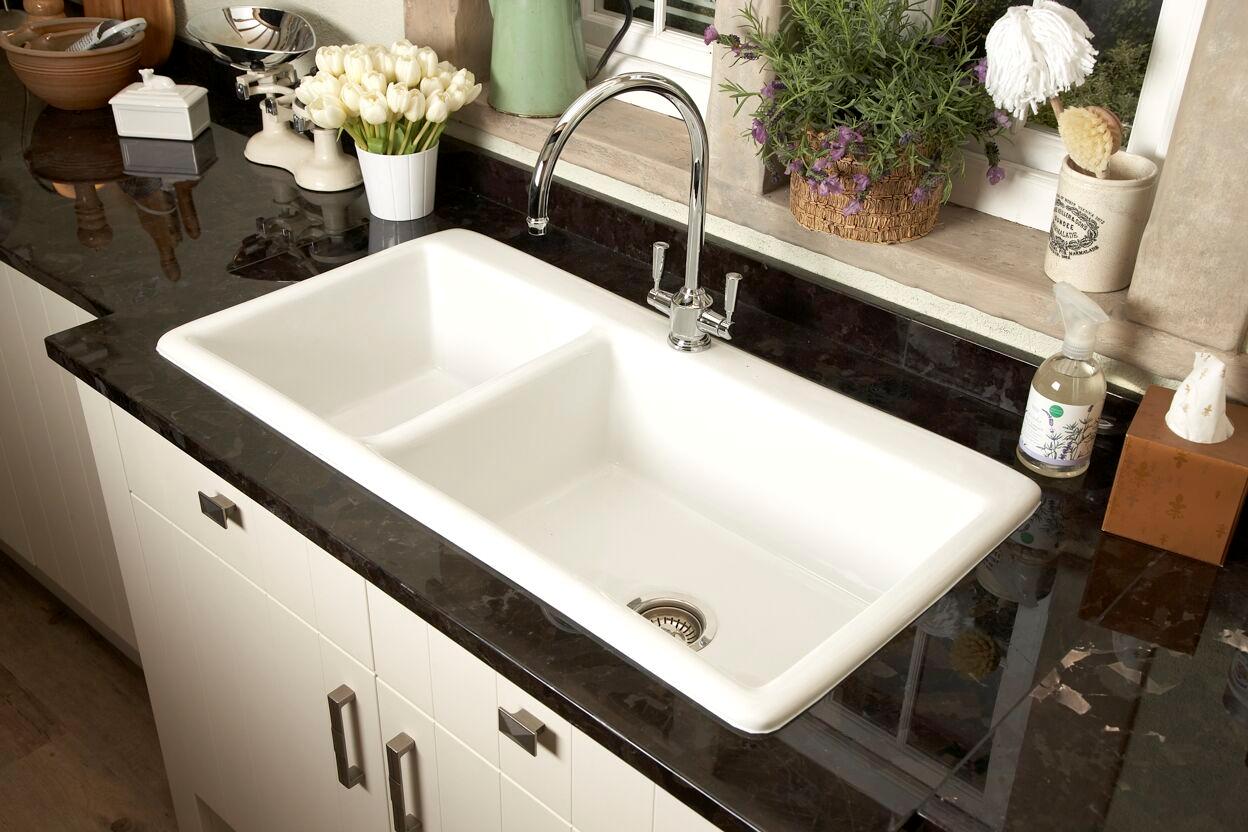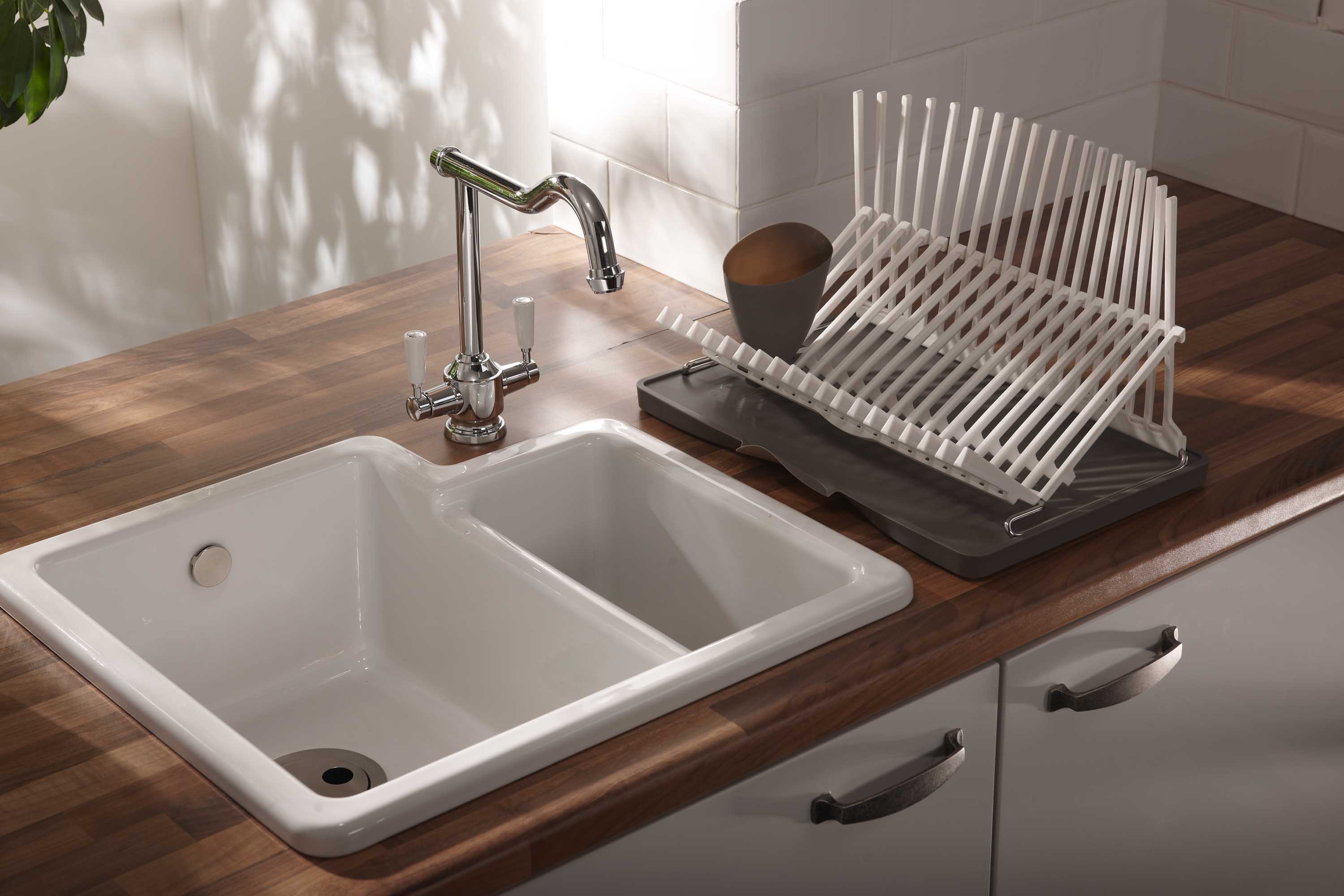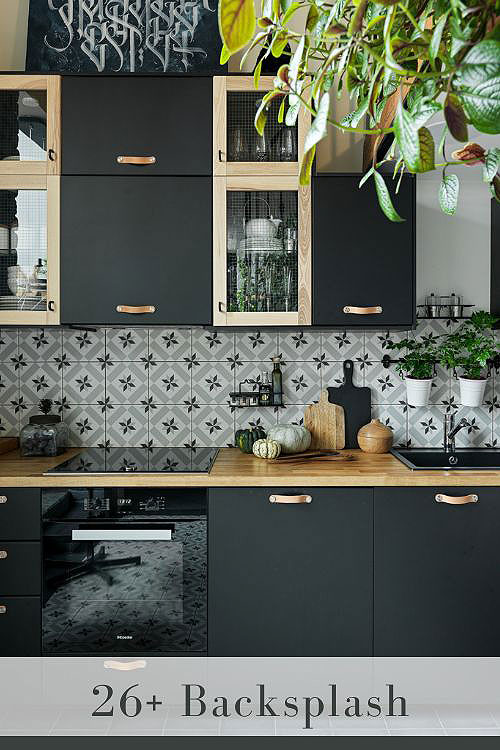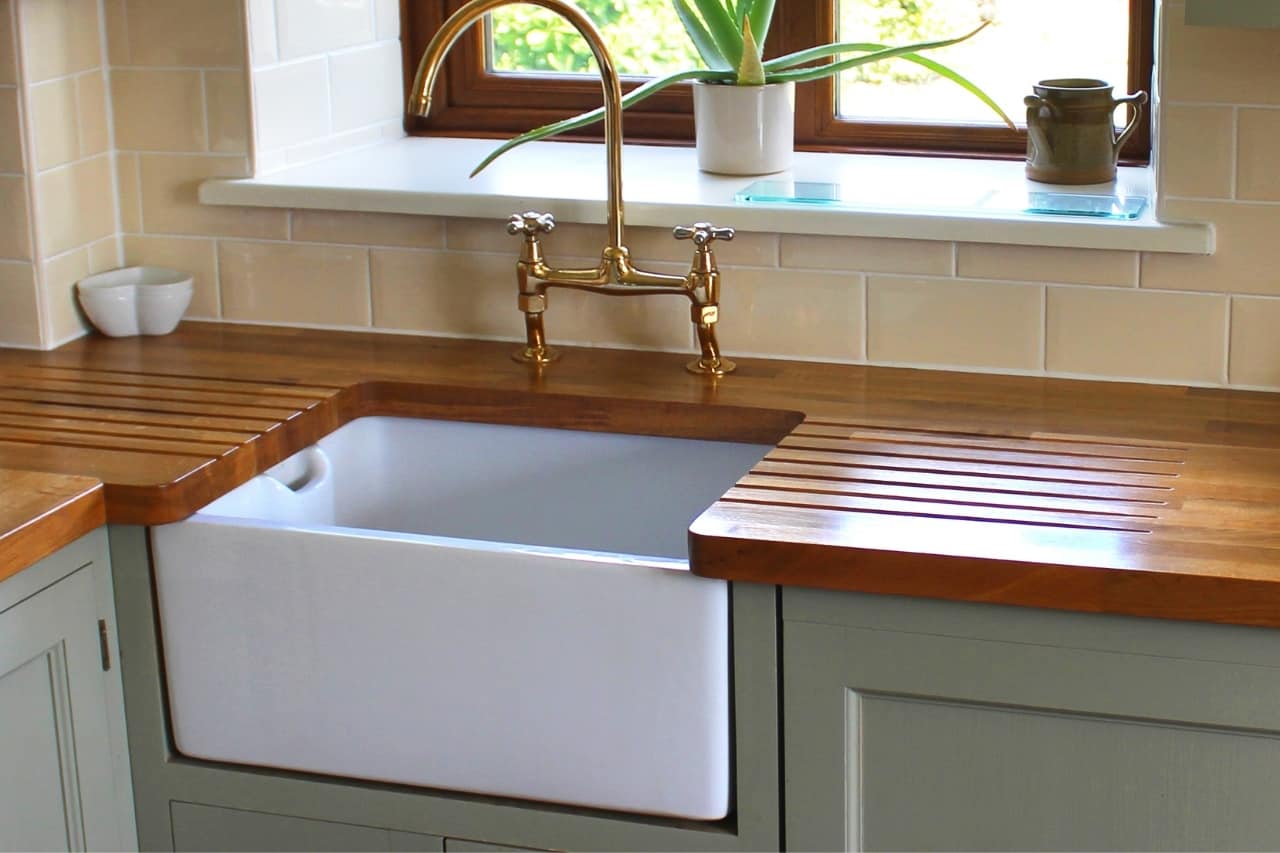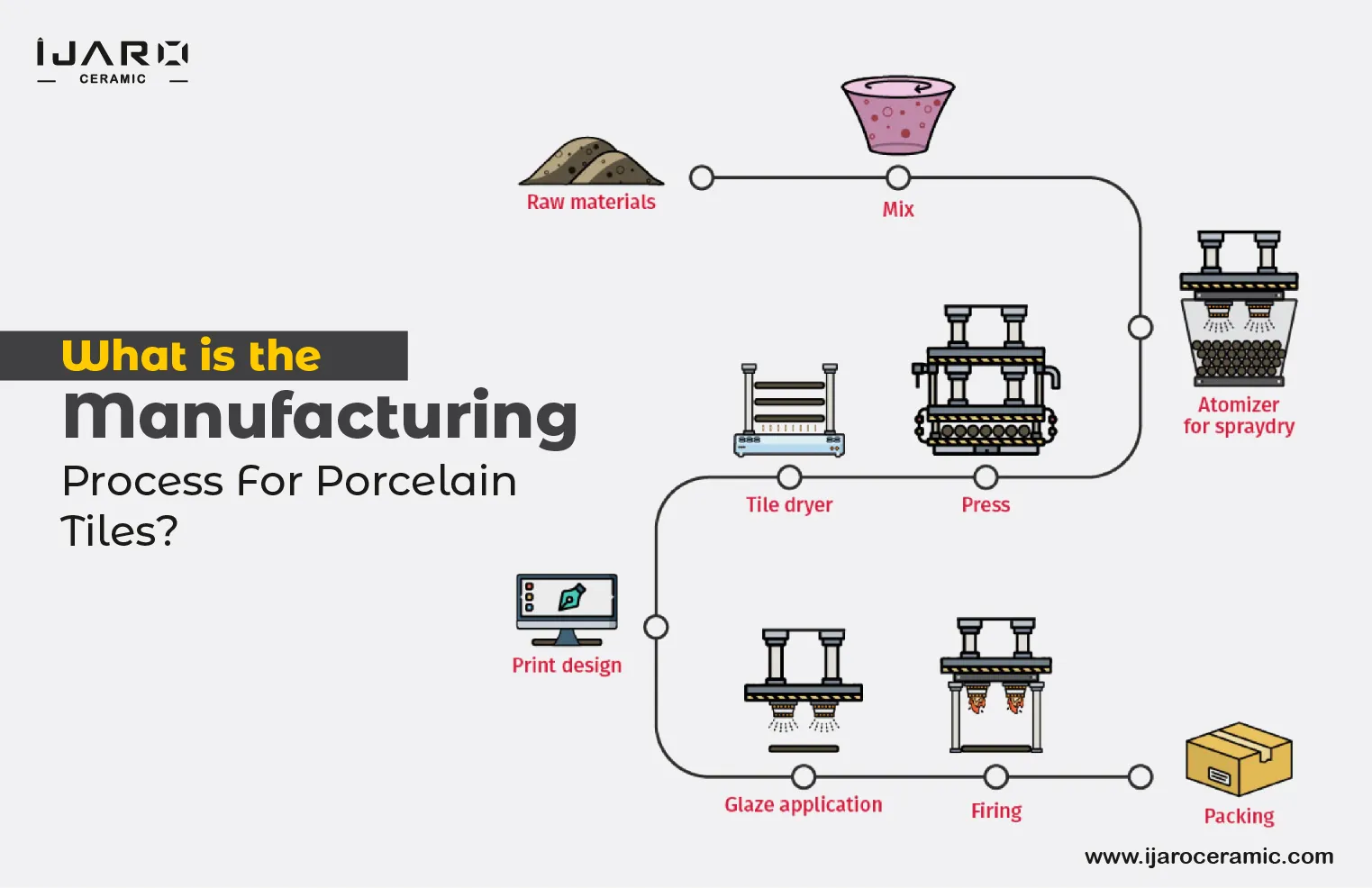When it comes to choosing a kitchen sink, the material is an important factor to consider. Two popular options are ceramic and porcelain sinks. While they may seem similar, there are actually some key differences between these two materials. Here are 10 main differences between ceramic and porcelain kitchen sinks to help you make an informed decision.Differences Between Ceramic and Porcelain Kitchen Sinks
Both ceramic and porcelain sinks have their own set of advantages and disadvantages. Ceramic sinks are known for their classic, timeless look and are relatively affordable. However, they can be prone to chipping and scratching. On the other hand, porcelain sinks are more durable and resistant to heat and stains, but they tend to be more expensive. Consider your specific needs and budget when deciding between these two materials.Pros and Cons of Ceramic and Porcelain Kitchen Sinks
As mentioned before, porcelain sinks are generally more durable than ceramic sinks. This is because porcelain is made from a mixture of clay and minerals that are heated at extremely high temperatures. This process creates a hard, dense material that is less likely to chip or scratch. Ceramic sinks, on the other hand, are made from a combination of clay and other natural materials, but they are not heated at as high of temperatures, making them more susceptible to damage.Durability of Ceramic vs Porcelain Kitchen Sinks
When it comes to cleaning and maintenance, both ceramic and porcelain sinks are relatively easy to take care of. However, porcelain sinks may require a bit more effort as they are more prone to staining. To keep your porcelain sink looking its best, it is recommended to clean it regularly with a non-abrasive cleaner. Ceramic sinks can also be cleaned with a non-abrasive cleaner, but be cautious of using harsh chemicals as they can damage the surface.Maintenance and Cleaning of Ceramic vs Porcelain Kitchen Sinks
As mentioned earlier, ceramic sinks are typically more affordable than porcelain sinks. This is due to the difference in manufacturing processes and materials used. Porcelain sinks require a higher level of craftsmanship, which can drive up the cost. Additionally, porcelain sinks are often seen as a luxury item, so they may come with a higher price tag simply because of their perceived value.Cost Comparison of Ceramic vs Porcelain Kitchen Sinks
Both ceramic and porcelain sinks come in a variety of designs and styles to fit any kitchen aesthetic. Ceramic sinks can be found in a range of colors and patterns, making it easier to find one that fits your personal taste. Porcelain sinks, on the other hand, are most commonly found in white, but there are also options for different shapes and styles, such as farmhouse or undermount sinks.Design Options for Ceramic and Porcelain Kitchen Sinks
When it comes to heat resistance, porcelain sinks have the upper hand. As mentioned earlier, porcelain sinks are made at extremely high temperatures, making them more resistant to heat. This means you can safely place hot pots and pans in a porcelain sink without worrying about damaging the surface. Ceramic sinks, however, may be more sensitive to extreme temperatures and could potentially crack or chip.Heat Resistance of Ceramic vs Porcelain Kitchen Sinks
In terms of stain resistance, porcelain sinks also have the advantage. Porcelain is a non-porous material, meaning it does not absorb liquids, making it less likely to stain. Ceramic sinks, on the other hand, can be more prone to staining, especially if they are not properly sealed. Be sure to regularly clean and maintain your ceramic sink to prevent any potential stains.Stain Resistance of Ceramic vs Porcelain Kitchen Sinks
The installation process for ceramic and porcelain sinks is similar, but there are some differences to note. Both sinks can be top-mounted or undermounted, depending on your preference. However, porcelain sinks may require additional support due to their weight. It is important to consult a professional for proper installation to ensure your sink is properly supported and secured.Installation Process for Ceramic and Porcelain Kitchen Sinks
Both ceramic and porcelain sinks can last for many years if properly cared for. However, porcelain sinks may have a slight edge in terms of longevity due to their durability and resistance to damage. With regular cleaning and maintenance, you can expect either type of sink to last for many years to come. In conclusion, both ceramic and porcelain kitchen sinks have their own unique qualities and benefits. Consider your budget, design preferences, and maintenance needs when choosing between these two materials. With the right care and installation, either type of sink can be a beautiful and functional addition to your kitchen space.Longevity of Ceramic vs Porcelain Kitchen Sinks
The Durability Factor: Ceramic vs Porcelain Kitchen Sink
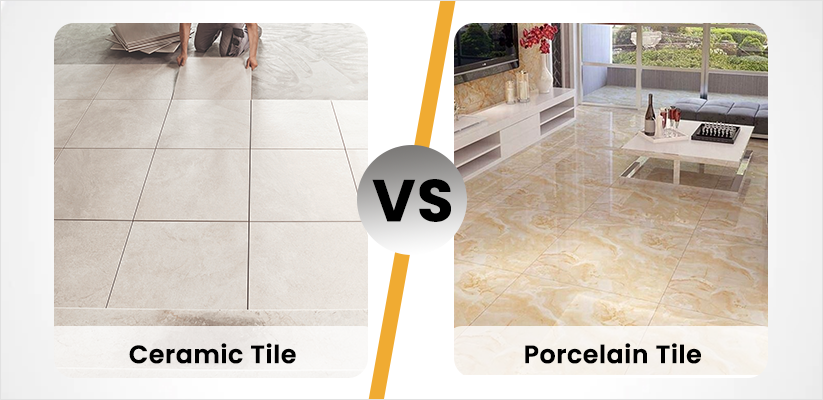
Picking the right material for a kitchen sink is crucial in any house design. With the sink being one of the most used and heavily trafficked areas in a kitchen, it is important to choose a material that can withstand the daily wear and tear. Two materials that are commonly used for kitchen sinks are ceramic and porcelain. Let's take a closer look at these materials and determine which one is more durable.
 When it comes to durability, both
ceramic and porcelain
have their own strengths. Ceramic sinks are made from a combination of clay, minerals, and water, which are then fired at a high temperature. This process makes them strong and resistant to scratches, stains, and heat. On the other hand, porcelain sinks are made from a special type of clay that is then coated with a layer of enamel and fired at an even higher temperature. This makes them extremely hard and durable, able to withstand heavy impacts and resist chips and scratches.
One of the main differences between ceramic and porcelain sinks is their
porosity
. While ceramic sinks have a slightly porous surface, porcelain sinks have a non-porous surface due to the enamel coating. This means that porcelain sinks are less susceptible to stains and bacteria buildup, making them easier to clean and maintain. However, the enamel coating on porcelain sinks can chip or crack over time, exposing the underlying material to potential damage.
Another factor to consider is
heat resistance
. Ceramic sinks have a higher heat resistance compared to porcelain sinks. This means that they can withstand hot pots and pans without getting damaged. Porcelain sinks, on the other hand, may get damaged if hot objects are placed on them for an extended period of time. However, both materials are able to withstand regular exposure to hot water.
Ultimately, the choice between a ceramic or porcelain kitchen sink depends on personal preference and usage. If you have a busy kitchen with heavy use, a porcelain sink may be the better option due to its durability and non-porous surface. If you are looking for a more budget-friendly option, a ceramic sink may be the way to go. Whichever material you choose, proper care and maintenance will ensure its longevity in your kitchen.
In conclusion, while both ceramic and porcelain are durable materials for kitchen sinks, porcelain may have a slight edge due to its non-porous surface and higher resistance to scratches and chips. However, ceramic sinks are still a popular and practical choice for many homeowners, offering a more affordable option without compromising on durability. Consider your personal needs and preferences when choosing between these two materials for your kitchen sink.
When it comes to durability, both
ceramic and porcelain
have their own strengths. Ceramic sinks are made from a combination of clay, minerals, and water, which are then fired at a high temperature. This process makes them strong and resistant to scratches, stains, and heat. On the other hand, porcelain sinks are made from a special type of clay that is then coated with a layer of enamel and fired at an even higher temperature. This makes them extremely hard and durable, able to withstand heavy impacts and resist chips and scratches.
One of the main differences between ceramic and porcelain sinks is their
porosity
. While ceramic sinks have a slightly porous surface, porcelain sinks have a non-porous surface due to the enamel coating. This means that porcelain sinks are less susceptible to stains and bacteria buildup, making them easier to clean and maintain. However, the enamel coating on porcelain sinks can chip or crack over time, exposing the underlying material to potential damage.
Another factor to consider is
heat resistance
. Ceramic sinks have a higher heat resistance compared to porcelain sinks. This means that they can withstand hot pots and pans without getting damaged. Porcelain sinks, on the other hand, may get damaged if hot objects are placed on them for an extended period of time. However, both materials are able to withstand regular exposure to hot water.
Ultimately, the choice between a ceramic or porcelain kitchen sink depends on personal preference and usage. If you have a busy kitchen with heavy use, a porcelain sink may be the better option due to its durability and non-porous surface. If you are looking for a more budget-friendly option, a ceramic sink may be the way to go. Whichever material you choose, proper care and maintenance will ensure its longevity in your kitchen.
In conclusion, while both ceramic and porcelain are durable materials for kitchen sinks, porcelain may have a slight edge due to its non-porous surface and higher resistance to scratches and chips. However, ceramic sinks are still a popular and practical choice for many homeowners, offering a more affordable option without compromising on durability. Consider your personal needs and preferences when choosing between these two materials for your kitchen sink.



:max_bytes(150000):strip_icc()/porcelain-tile-vs-ceramic-tile-1822583-FINAL-5b1ab0f043a1030036a6e6cc.png)


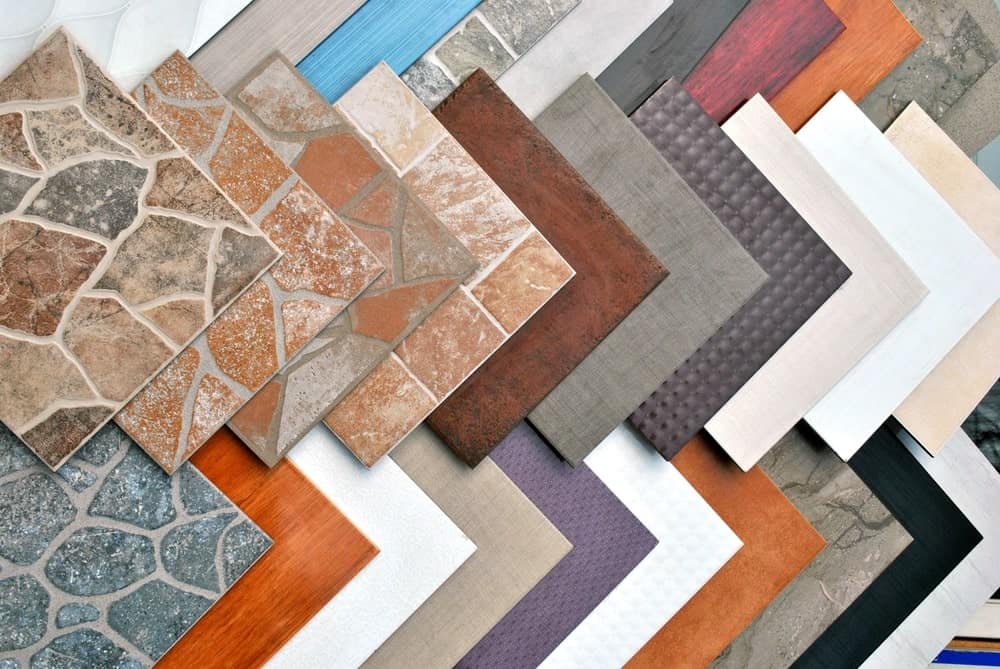



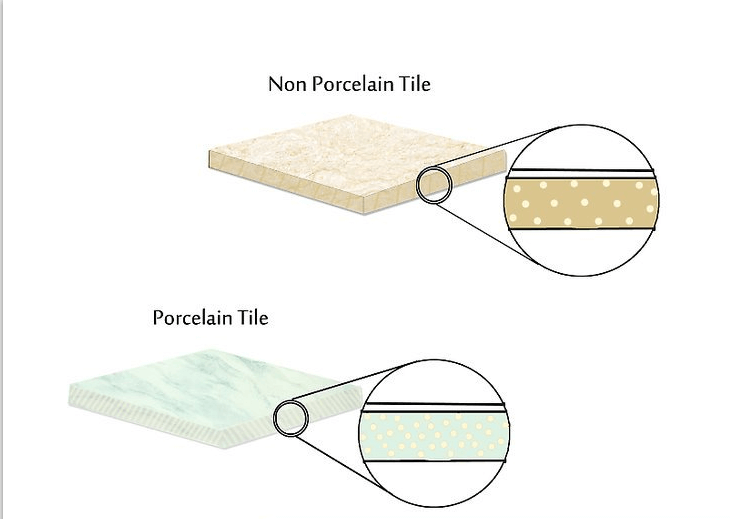





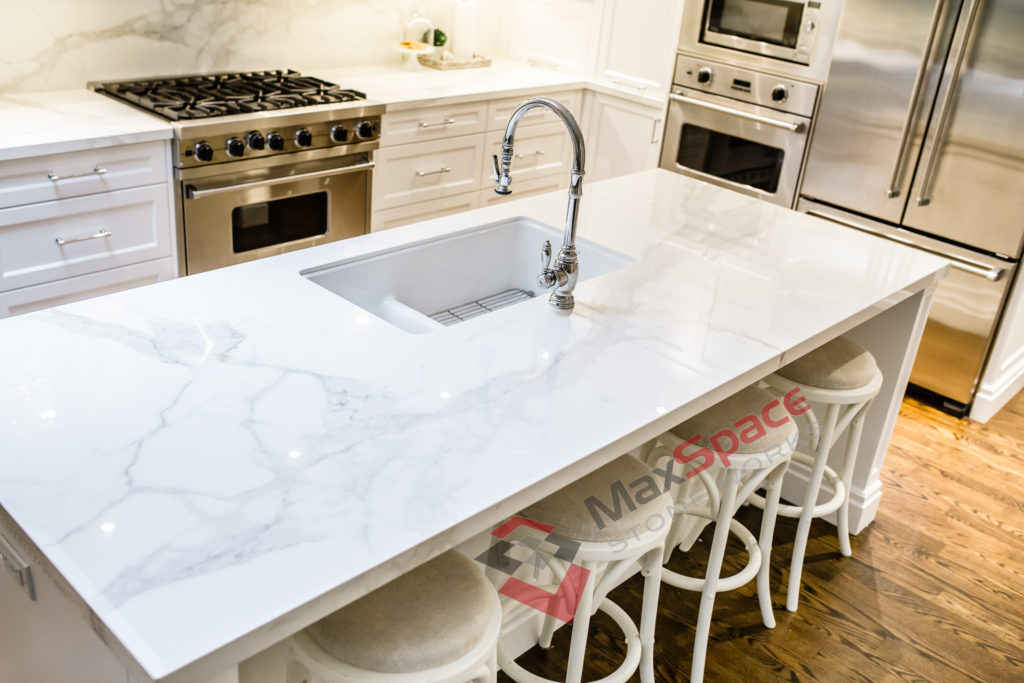

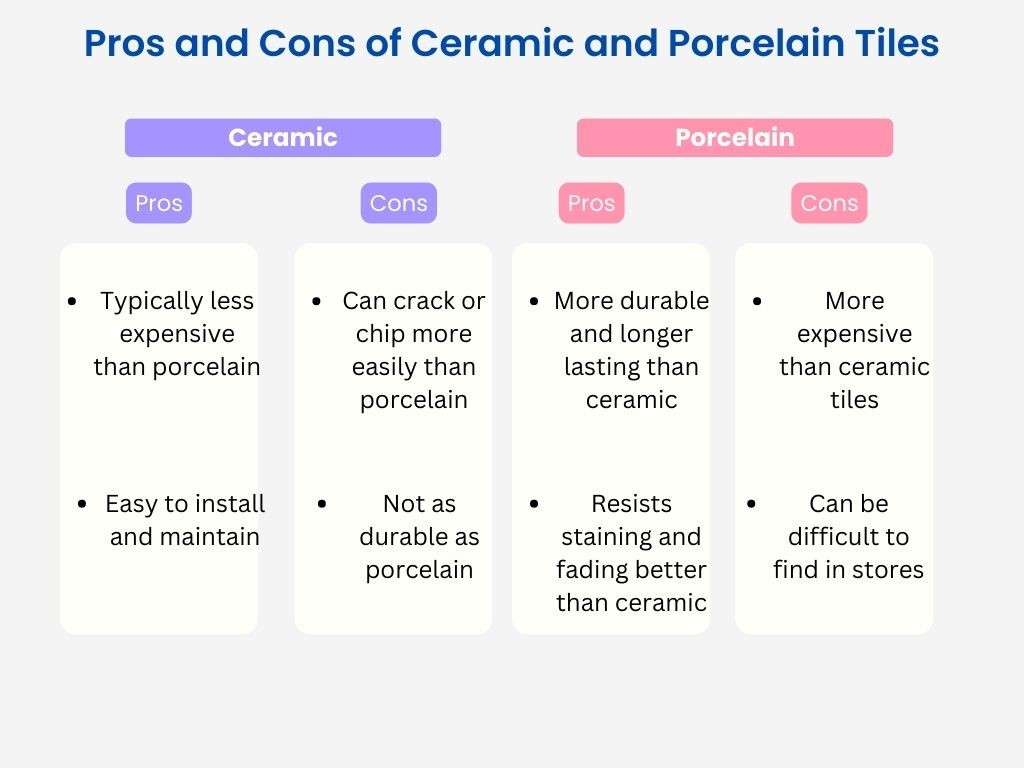
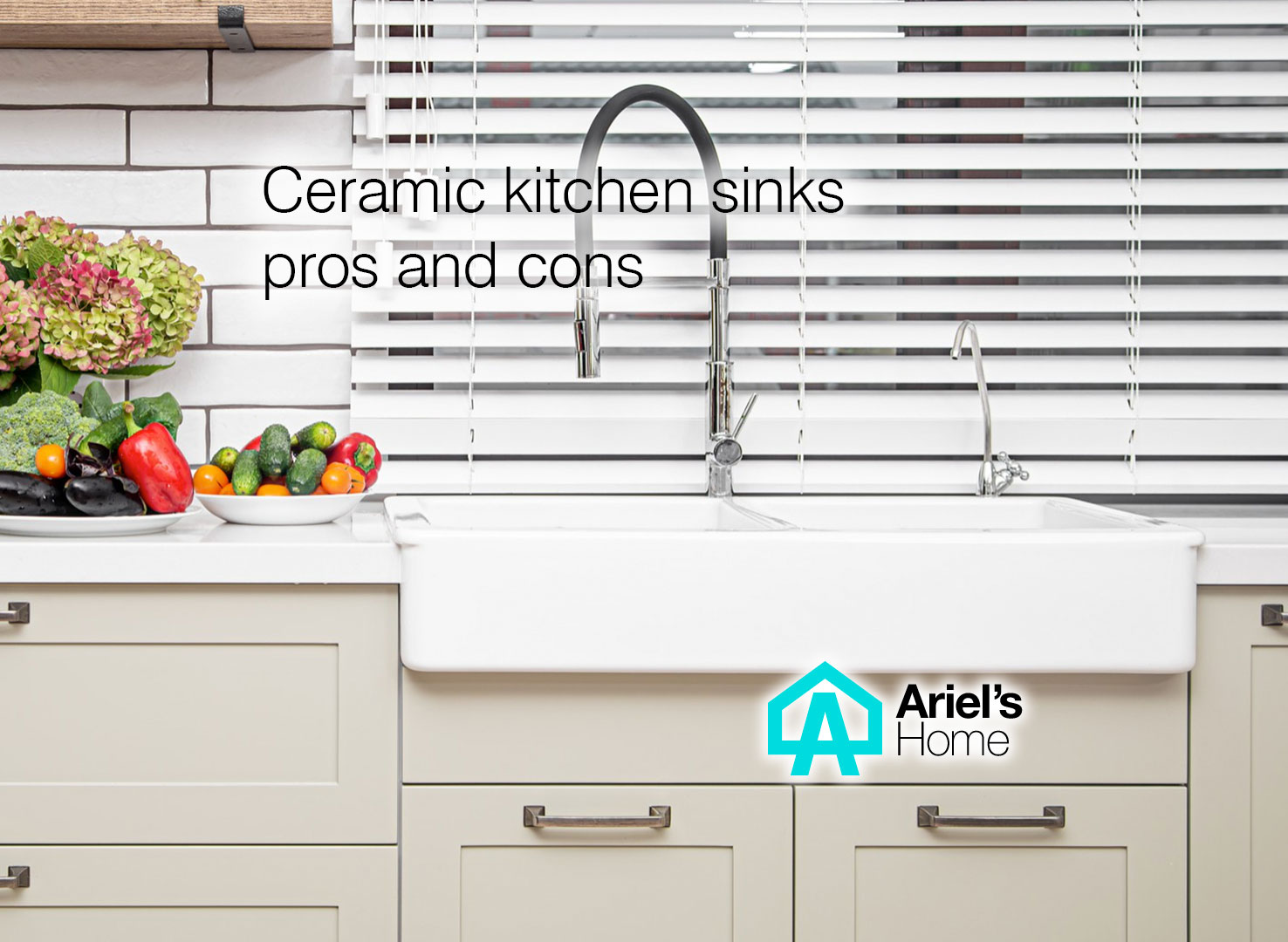

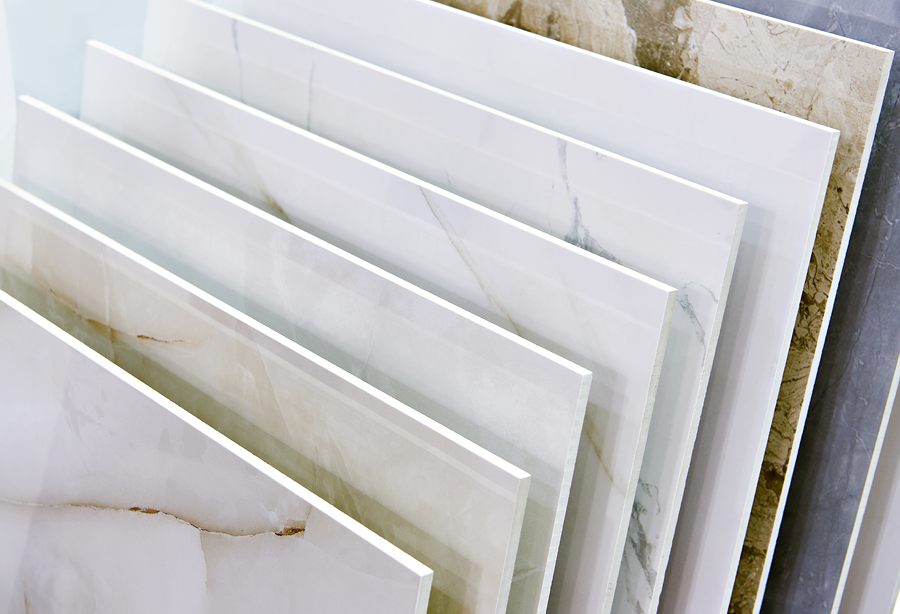


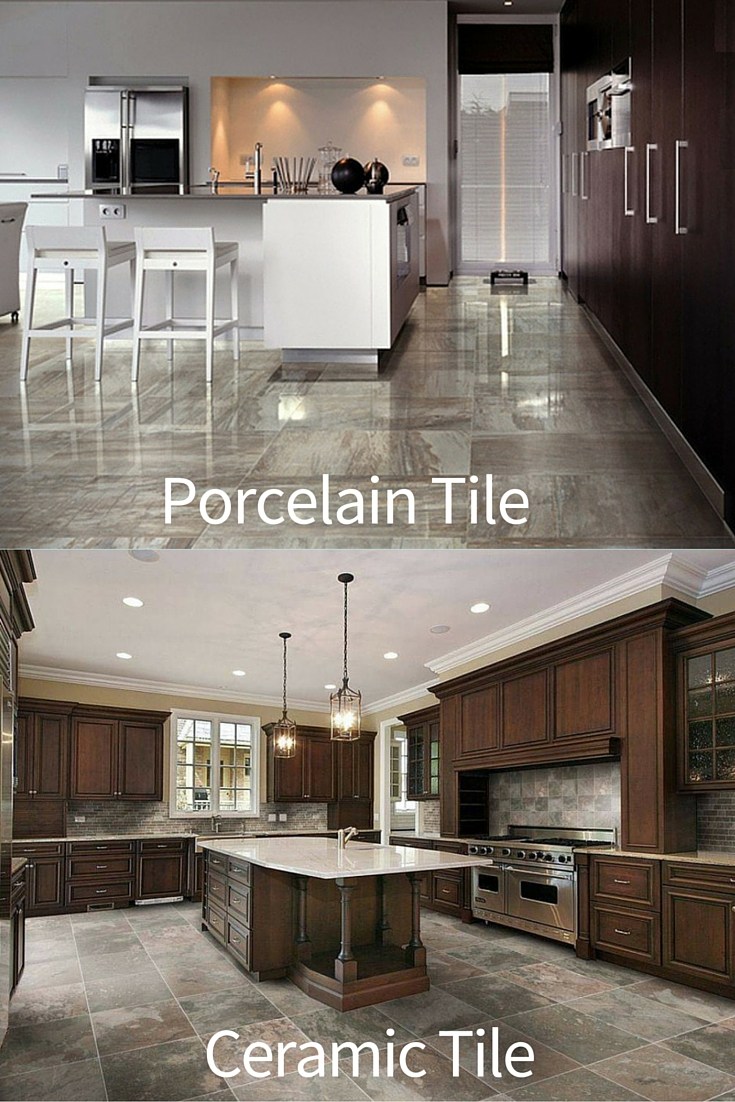



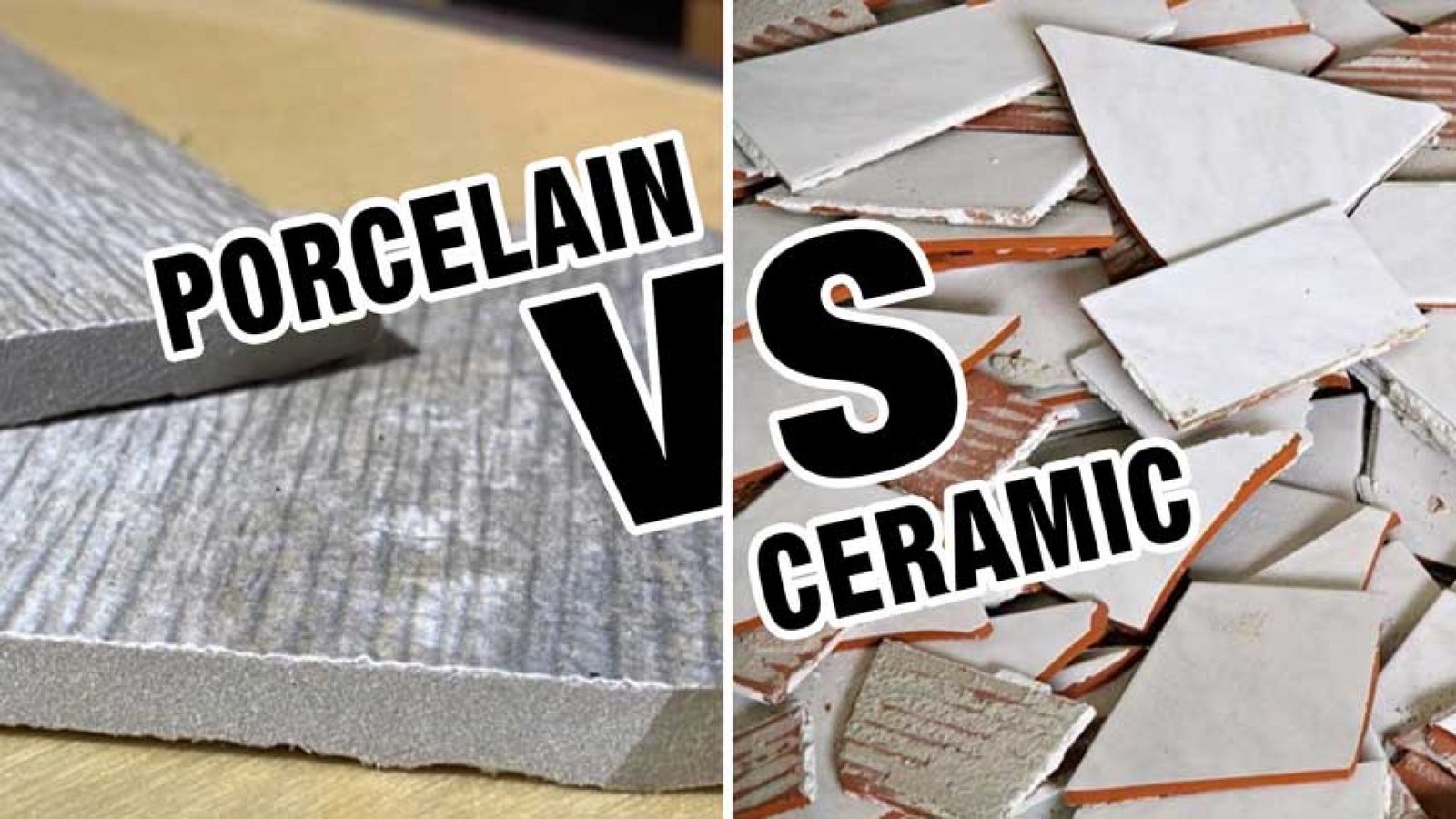
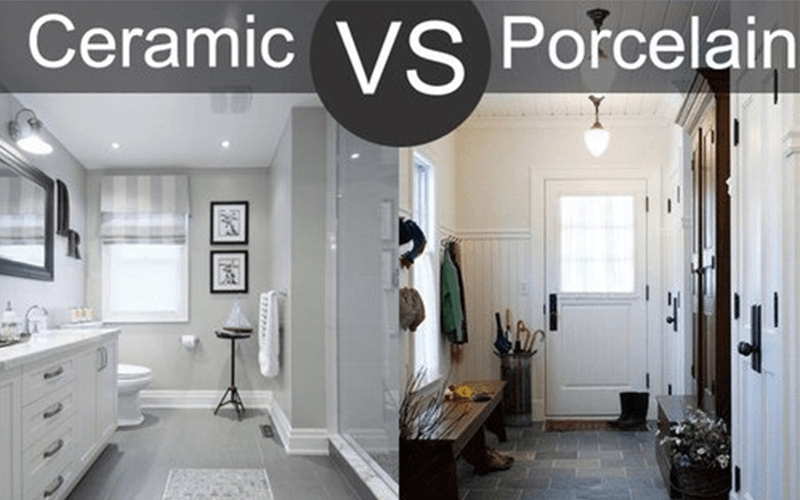
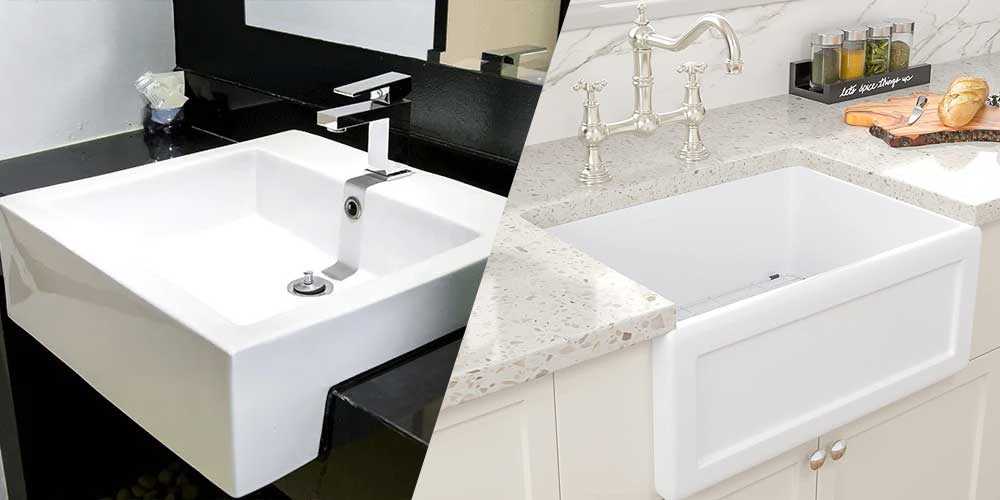


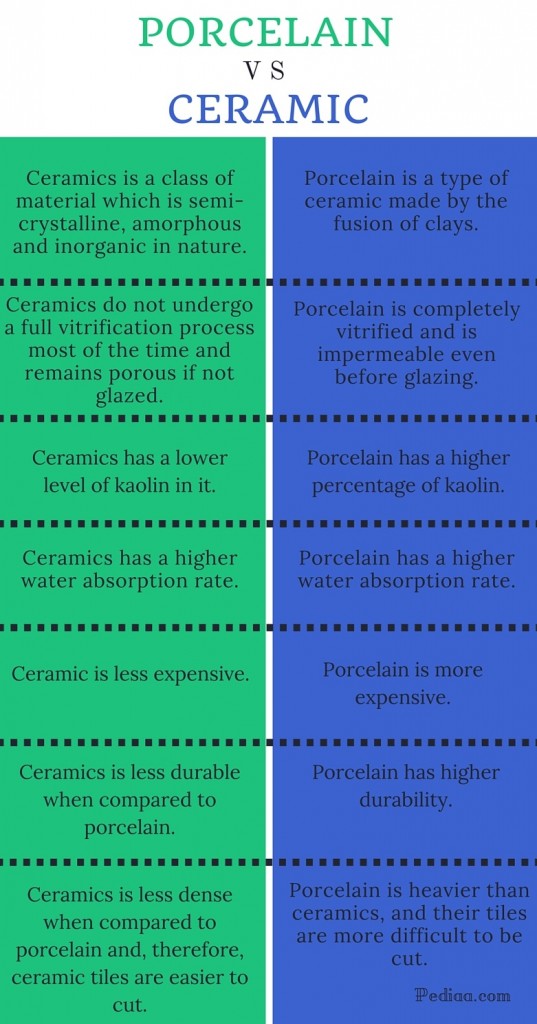


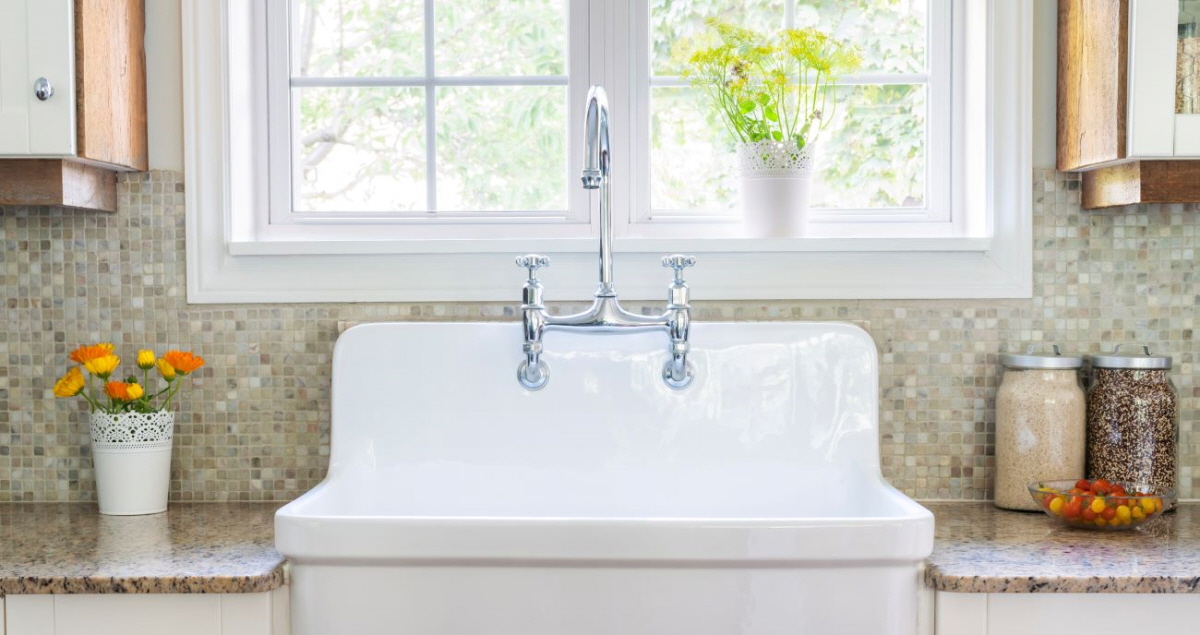

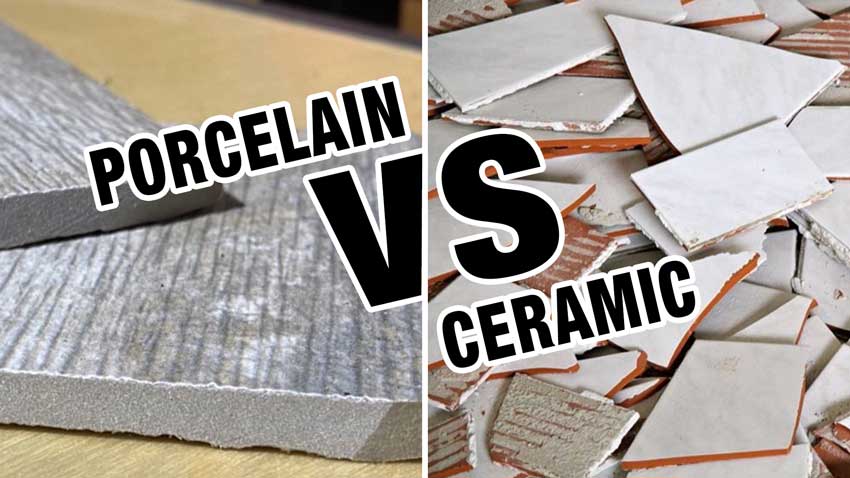
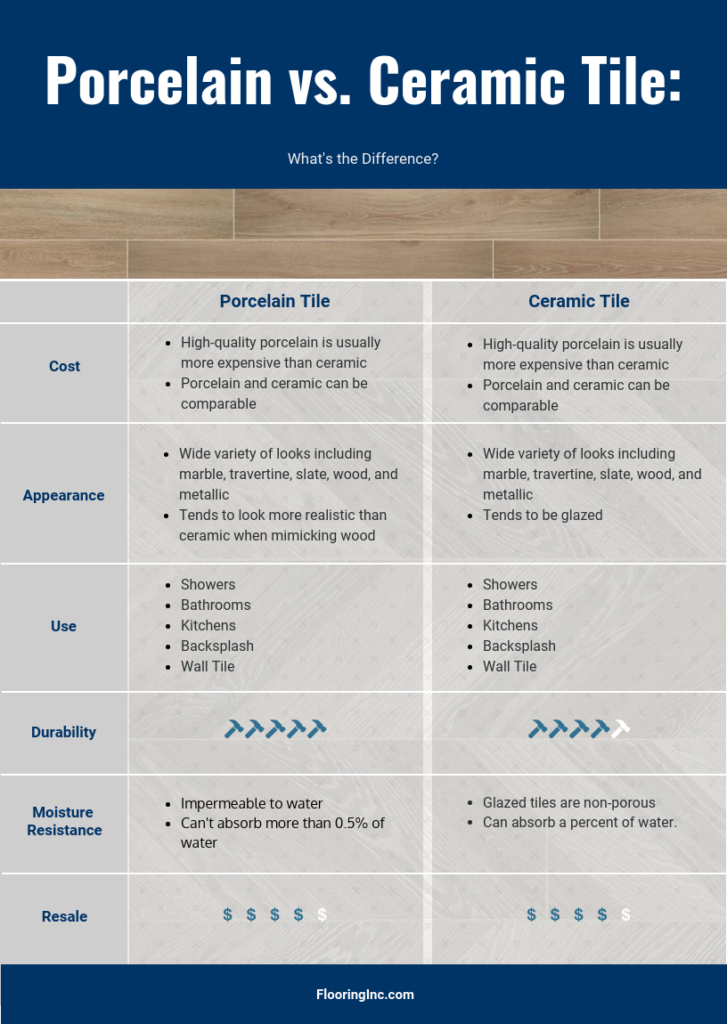

:max_bytes(150000):strip_icc()/bathroom-ceramic-tile-vs-vinyl-plank-1822815-FINAL-5bae841646e0fb002670b7c6-2e9bc35535b84e82999f7aa4dc052ff2.png)



